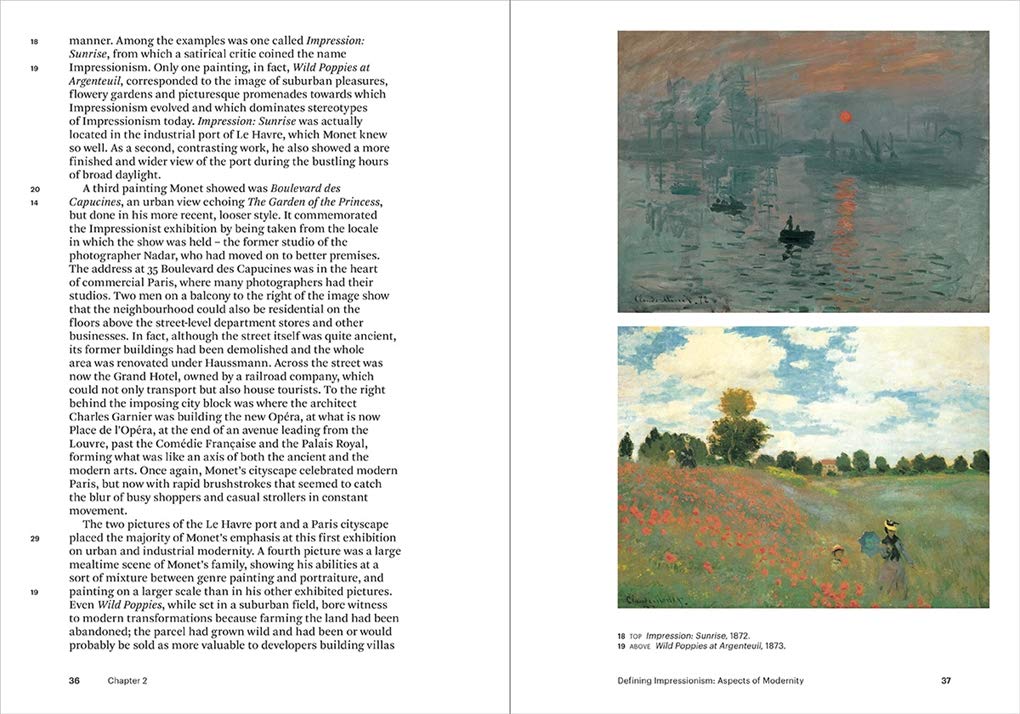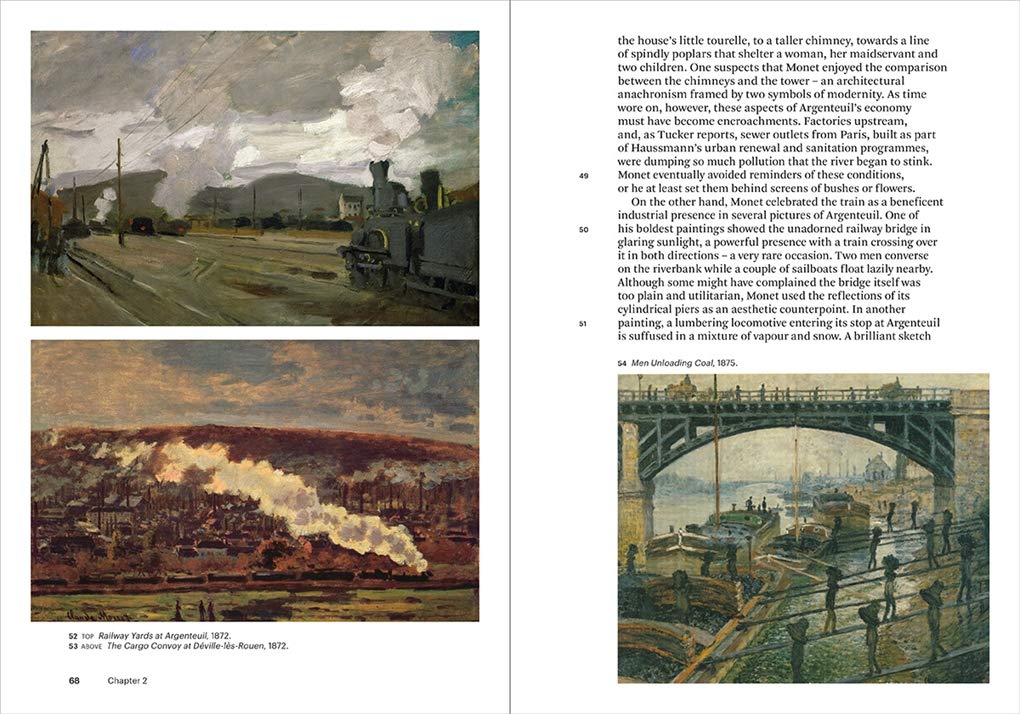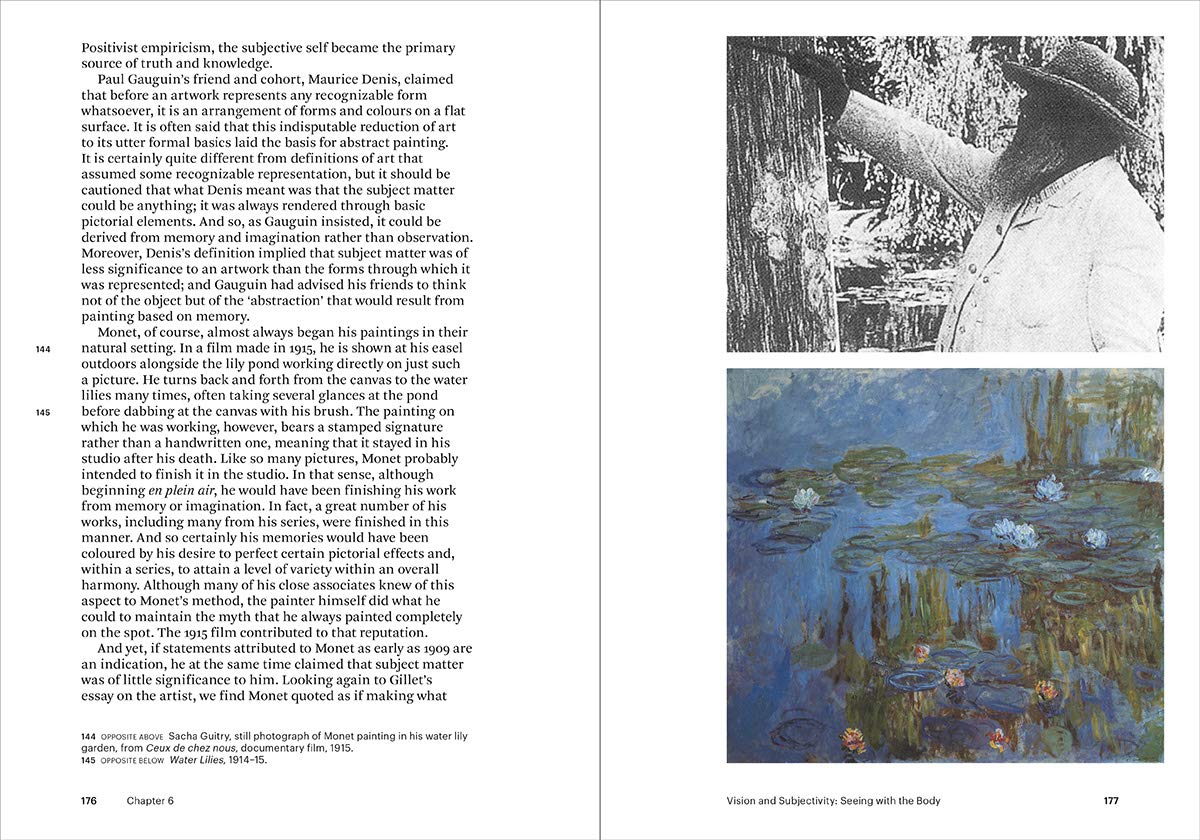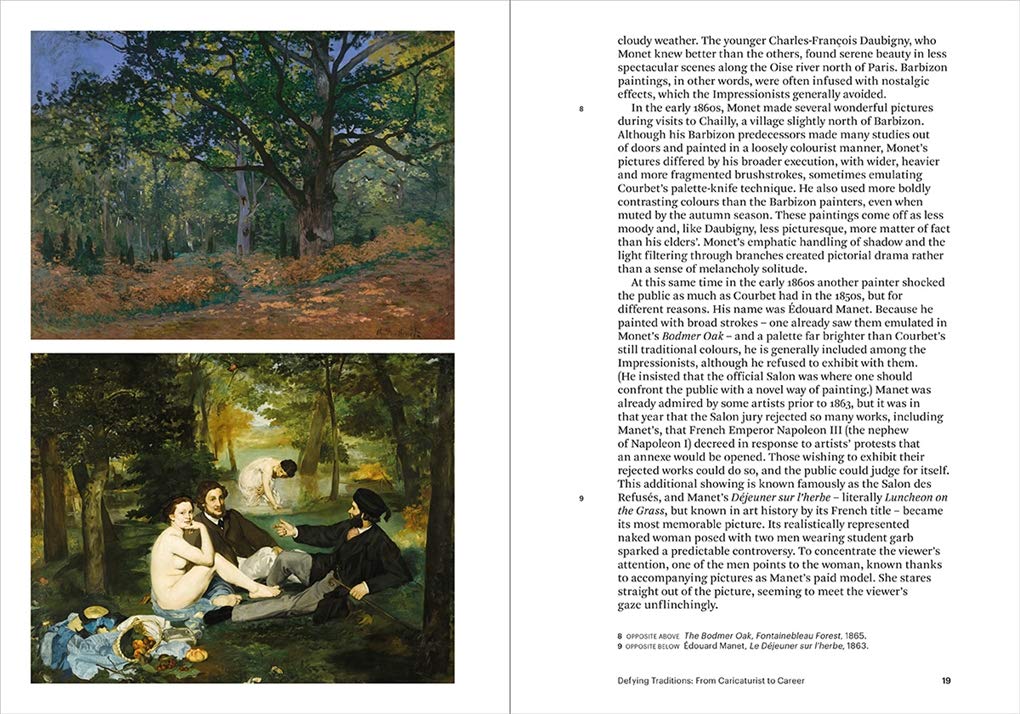World of Art – Monet
159,00 kr.
Claude Monet (1840–1926) is one of the most admired and famous painters of all time, and the architect of Impressionism: a revolution that gave birth to modern art, His technique – painting out of doors, at the seashore or in the city streets – was as radically new as his subject matter, the landscapes and middle-class pastimes of a newly industrialized Paris, Painting with an unprecedented immediacy and authenticity, Monet claimed that his work was something new: both natural and true,
In this new introductory study, James H, Rubin – one of the world’s foremost specialists in 19th-century French art – traces the development of Monet’s practice, from his early work as a caricaturist to the late paintings of waterlilies and his garden at Giverny, Rubin explores the cultural currents that helped to shape Monet’s work: the utopian thought that gave rise to his politics; his interest in Japanese prints, gardening, and trends in the decorative arts; and his relationship with earlier French landscape painters as well as such contemporaries as Manet and Renoir,
| Publisher | Thames & Hudson |
| Author | James H, Rubin |
| Product Cover | Softcover |
| Product Language | English |
| Pages | 224 |
| Country of origin | CN |
Yderligere information
| Vægt | 0,5 kg |
|---|---|
| Størrelse | 0,5 × 1,5 × 21 cm |
| Collections |
Lignende produkter
-
Simply Scandinavian
289,00 kr. -
Interiors – Pink
679,00 kr. -
Porsche 911: 50 Years
399,00 kr.









